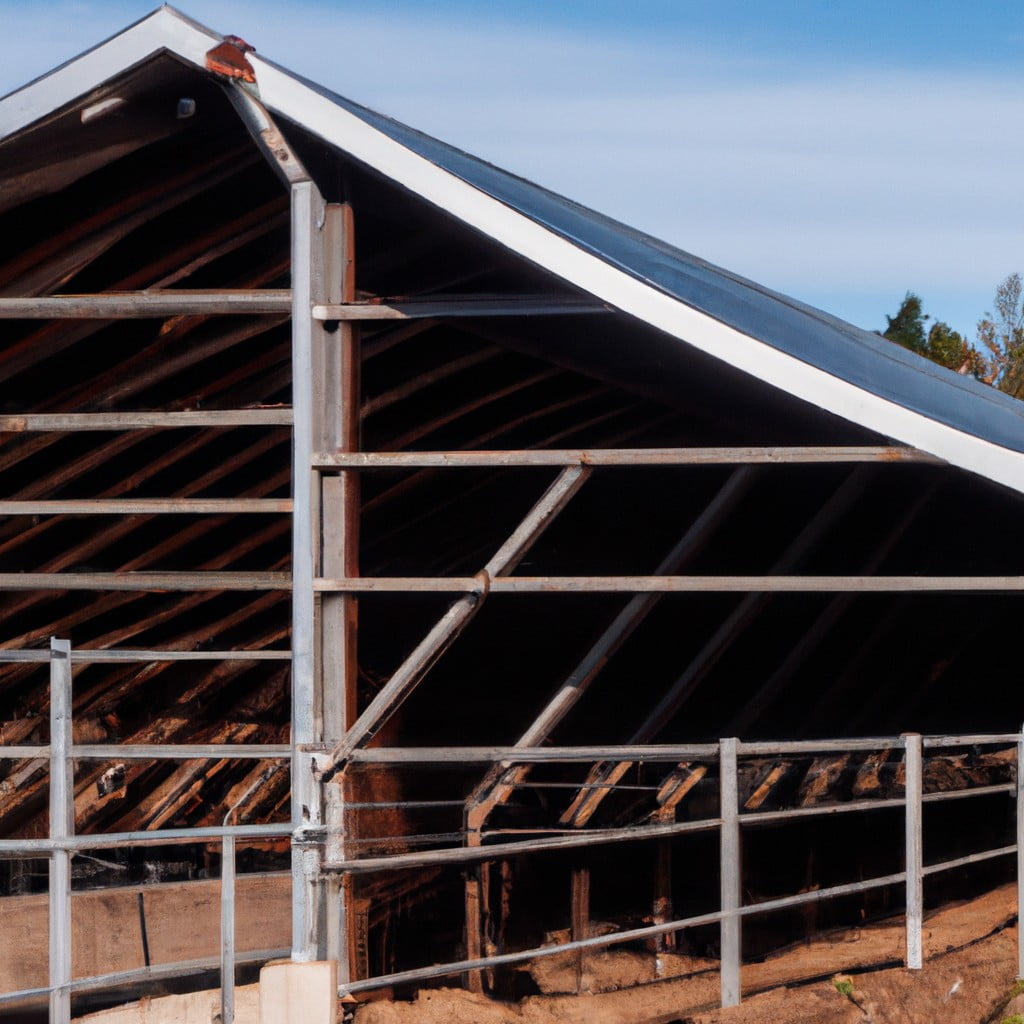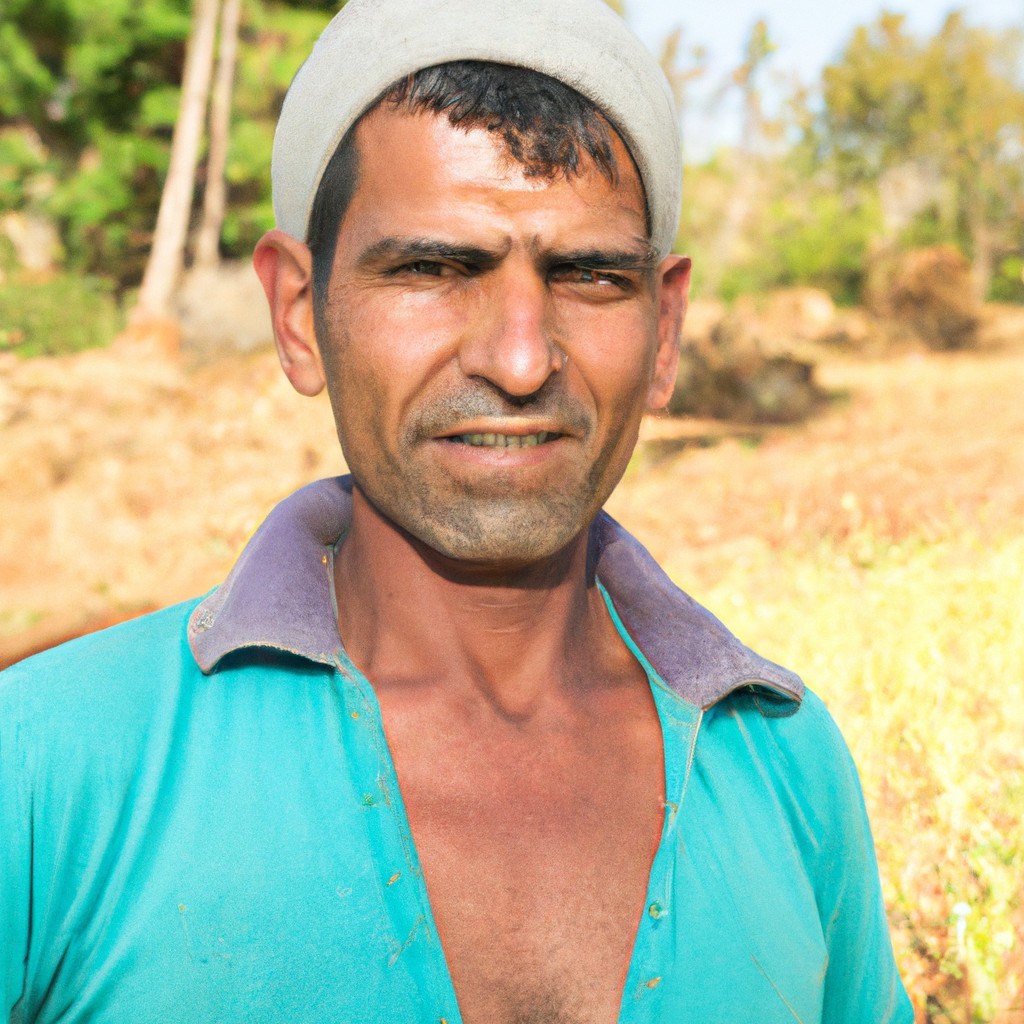Explore the essential steps to creating a sustainable farm that benefits both you and the environment.
Building a sustainable farm involves a multi-faceted approach that includes soil management, water conservation, biodiversity, renewable energy sources, and animal welfare.
This article will guide you through the essential steps to create a farm that is not only productive but also respects and enhances the environment.
From implementing crop rotation and cover crops to enhance soil health, to harnessing solar or wind energy for farm operations, you’ll find comprehensive advice here.
We’ll also delve into water conservation techniques, promoting biodiversity, and ensuring ethical animal treatment.
So, let’s embark on this journey towards sustainable farming, where you’ll learn to work in harmony with nature while reaping abundant yields.
Key takeaways:
- Create a robust business plan for long-term sustainability.
- Choose appropriate land based on climate, soil quality, and access to markets.
- Implement soil health strategies like no-till farming and cover crops.
- Use efficient water conservation techniques like rainwater harvesting and drip irrigation.
- Embrace organic farming methods, renewable energy, and smart waste management.
Look Inside:
Building a Sustainable Farm Business Plan

To ensure the long-term feasibility and success of your sustainable farm, creating a robust business plan is integral. Begin by assessing the market needs and determining which organic products are in high demand. This information will help guide your choices in what crops or livestock to raise.
Next, calculate your initial costs including the price of land, equipment, seeds or livestock, and organic certification fees. Factor in ongoing costs such as feeds, compost, maintenance, and labor.
Plan for crop rotations to maintain soil fertility and productivity. Also, consider sustainable waste management systems and water irrigation techniques.
Profitability is essential for sustainability. Therefore, balance your costs with potential income from selling organic products, renewable energy, or ecotourism if applicable.
Take into consideration any grants, incentives or funding available for sustainable agriculture from government bodies or NGOs. Having a strong, well-researched business plan not only sets your farm up for success, but also makes it easier to secure financing from lenders or investors.
Choosing Appropriate Land for Sustainable Farming
When assessing land for your farm, consider the local climate, topography, and soil quality, as these factors directly impact what crops or livestock can thrive there. Understand your region’s annual rainfall and temperature patterns, as reliance on rain-fed agriculture lessens your dependence on irrigation and reduces water waste.
Examine the land’s slope and drainage. Too steep of a gradient could cause soil erosion while poor drainage might lead to waterlogged conditions, both harming plant health.
Soil quality is paramount. Ideal soil should be fertile, high in organic matter, well-draining, but able to retain moisture. Carry out soil tests to discern its pH, nutrient content, and any potential contamination.
Close access to markets or farm-to-market roads is another consideration. Easy access reduces transportation costs and ensures fresh produce delivery, contributing to customer satisfaction and sustainable profit margins. Lastly, study the land’s history. Previous intensive farming may have depleted nutrients, or past industrial activities could have contaminated the site, both requiring remediation before safe farming.
Understanding Soil Health for Sustainable Agriculture
To maintain soil health, key sustainability strategies include no-till farming, cover crops, and organic composting.
No-till farming, as the name implies, promotes leaving the soil undisturbed, thus preserving its structure and microbiota. This method, compared to traditional plowing, minimizes topsoil loss through erosion, reduces fuel and labor needs, and boosts soil moisture retention.
Cover crops, such as clover or vetch, provide a protective vegetative cover for the soil during off-seasons, efficiently reducing nutrient loss, enhancing soil health, and consequently improving crop yields. They also suppress weed growth and prevent soil erosion, while their incorporation into the soil as green manure further enriches it.
Complementing these strategies with the use of organic composting, including farm waste or green waste, helps maintain soil fertility and structure. Tailoring these practices according to soil type, crop requirements, and local climatic conditions can significantly boost the sustainability and productivity of a farm.
Efficient Water Conservation and Management in Farms
Rainwater harvesting systems and drip irrigation can be key to minimizing water usage while ensuring necessary hydration for crops. By capturing rainfall, farms can reduce reliance on external water sources, providing an environmentally-friendly, cost-effective solution during rainfall-rich seasons.
Drip irrigation, on the other hand, allows precise application of water to plant roots, meaning less water is wasted through evaporation or runoff. Moreover, integrating technology, such as soil moisture sensors, can optimize irrigation efficiency by providing real-time data to avoid over-watering or under-watering crops.
Implementing Diverse Crop Rotation Techniques
Diversifying your crops in a planned sequence can significantly enhance soil fertility and structure. By planting different plant species in succession over several seasons, you break up disease and pest patterns, reduce chemical dependency, and improve soil nutrients naturally.
Crop rotations including legumes, for example, can fix nitrogen in the soil, eliminating the need for synthetic fertilizers. Moreover, it fosters biodiversity, promoting resilience against unpredictable weather patterns.
It’s crucial to tailor your crop rotation plan considering local climates, market demand for crops, and specific soil requirements from different plant varieties. Remember, effective crop rotation requires thorough planning and record-keeping to monitor crop performance and changes in soil health over time.
Practices of Organic Farming Methods for Sustainability
One widely recognized method in sustainable practices is the application of natural fertilizers, such as compost or manure, to encourage nutrient-rich soil. These organic substances decompose in the ground, adding valuable components to the soil structure and fostering beneficial organisms which consequently boosts plant health and growth.
Pest management is another integral aspect of organic farming. Instead of using harmful synthetic pesticides, natural methods are employed. These might include nurturing beneficial insects, like ladybugs or spiders, which help to control pest populations.
Importantly, organic farming also emphasizes crop diversity. Plants can be specifically selected that naturally complement one another, creating a balanced ecosystem that promotes healthy growth while deterring pests and diseases.
Additionally, practicing natural farming also makes a significant contribution in carbon sequestration, hence assisting in curbing greenhouse gas emissions. This makes organic farming methods not just beneficial for the farm, but also the planet.
Renewable Energy Investment for Farming Sustainability
Harnessing renewable energy can dramatically reduce a farm’s carbon footprint while also saving significant costs in the long term. One way to integrate this is through solar panels. They can be used for various functions – from powering farm operations to heating greenhouses.
Wind turbines too are an efficient option, particularly in windy locales where they can generate ample electricity. Biomass, such as animal waste or plant material, can also be converted into energy through anaerobic digestion systems. Lastly, micro-hydro power installations give a sustainable energy yield provided there’s a moving source of water nearby.
Each type of technology has its own benefits and challenges, so it’s essential to consider which options are most viable for your farm’s location, size, and needs.
Smart Waste Management for Sustainable Farming
Creating an efficient waste management system allows you to transform waste into valuable resources. Composting organic waste, such as animal manure, crop residues, and food scraps, results in nutrient-rich soil amendments that enhance soil structure, fertility, and productivity.
Anerobic digestion of livestock waste can yield biogas, a renewable form of energy that can replace or supplement the need for fossil fuels in farm operations. Encouraging natural waste decomposers like earthworms and mushroom species can further enhance the breakdown of organic waste and the nutritional quality of compost.
Meanwhile, farm plastic waste, such as silage wraps and feed bags, can be recycled or upcycled where facilities exist. Prioritizing the proper disposal of hazardous waste, such as pesticides and used oil, keeps harmful substances out of the environment, protecting both farm and ecosystem health.
Constructing Wildlife Habitats for Biodiversity in Farms
Promoting biodiversity enhances the health and productivity of a farm. Creating wildlife habitats on a proportion of your land might consist of maintaining hedgerows, planting native flora, or constructing small ponds.
These habitats attract beneficial insects, birds, and other wildlife that aid in natural pest control, pollination, and soil health maintenance. They also serve as natural carbon sinks, helping to offset greenhouse gas emissions.
Moreover, it can lead to potential revenue sources, such as government incentives for creating wildlife habitats or opening up your green spaces for educational and agro-tourism purposes.
Thus, incorporating wildlife habitats can contribute significantly to agricultural sustainability.
Collaboration With Local Agricultural Bodies for Sustainable Farming Practices
Working closely with local agricultural bodies can significantly enhance your farm’s sustainability. These organizations can provide education, resources, and advice tailored to your local climate and challenges.
Tapping into their wealth of experience and knowledge can greatly support your efforts in improving soil health, water conservation, and biodiversity.
Moreover, another key benefit of engaging with these bodies is the potential for collective bargaining and purchasing. This can lead to cost savings on inputs like seeds and equipment.
Additionally, these organizations often facilitate connections with local markets, aiding in the profitable sale of your produce.
Thus, building relationships with local agricultural bodies is a strategic and sustainable move for farming practices.
FAQ
Are sustainable farms profitable?
Yes, sustainable farms tend to be more profitable, with some studies showing they can be up to 78% more profitable than conventional farming methods.
How does a sustainable farm work?
A sustainable farm operates by implementing conservation measures that enhance soil fertility, protect water sources, regulate carbon storage, minimize greenhouse gas emissions, and increase resilience to severe weather conditions.
What are the key components of a regenerative farming system?
The key components of a regenerative farming system include maintaining soil health, wisely managing water resources, promoting biodiversity, integrating livestock and crops, and reducing external inputs such as synthetic fertilizers and pesticides.
How does sustainable agriculture contribute to the conservation of natural resources?
Sustainable agriculture contributes to the conservation of natural resources by implementing practices that reduce water usage, maintain soil health, and promote biodiversity.
What are the potential challenges of transitioning to sustainable farming practices?
Transitioning to sustainable farming practices presents potential challenges such as high implementation costs, farmers’ lack of knowledge and technical skills, market-related concerns, and risks related to yield variability and climate change.




